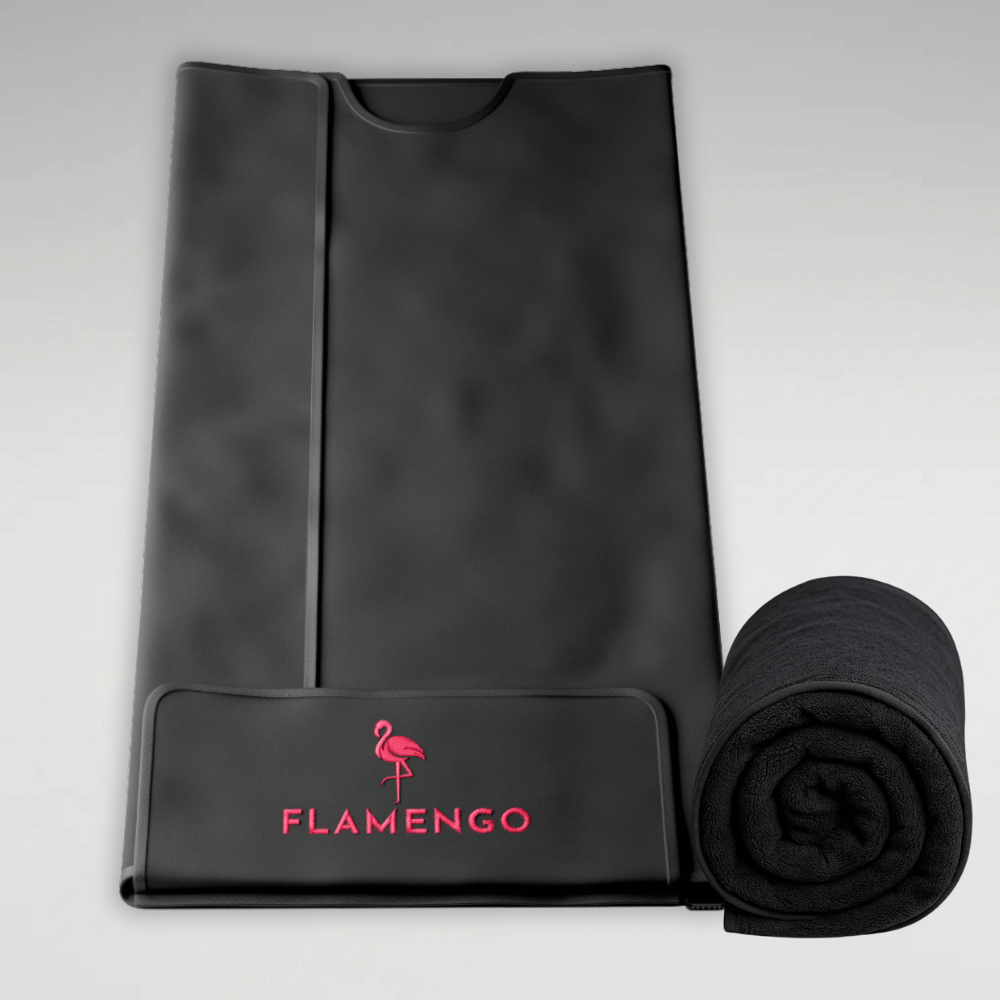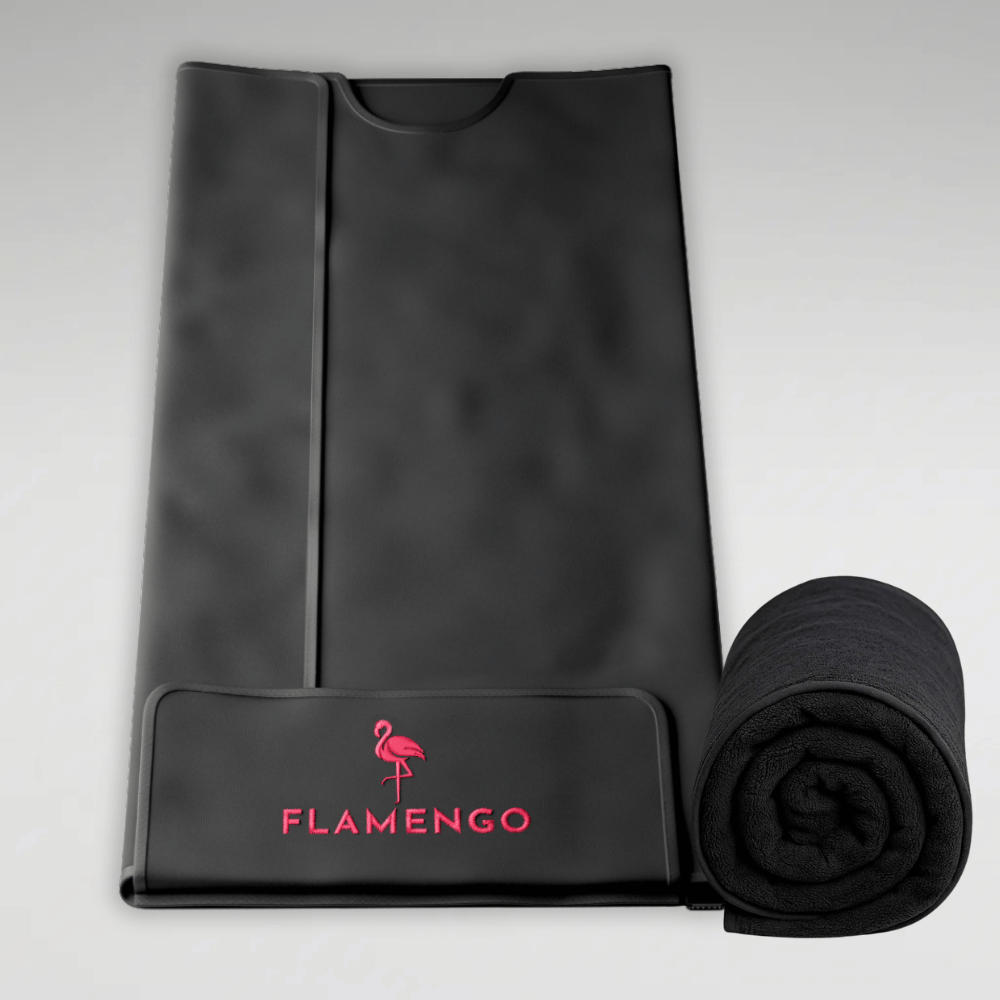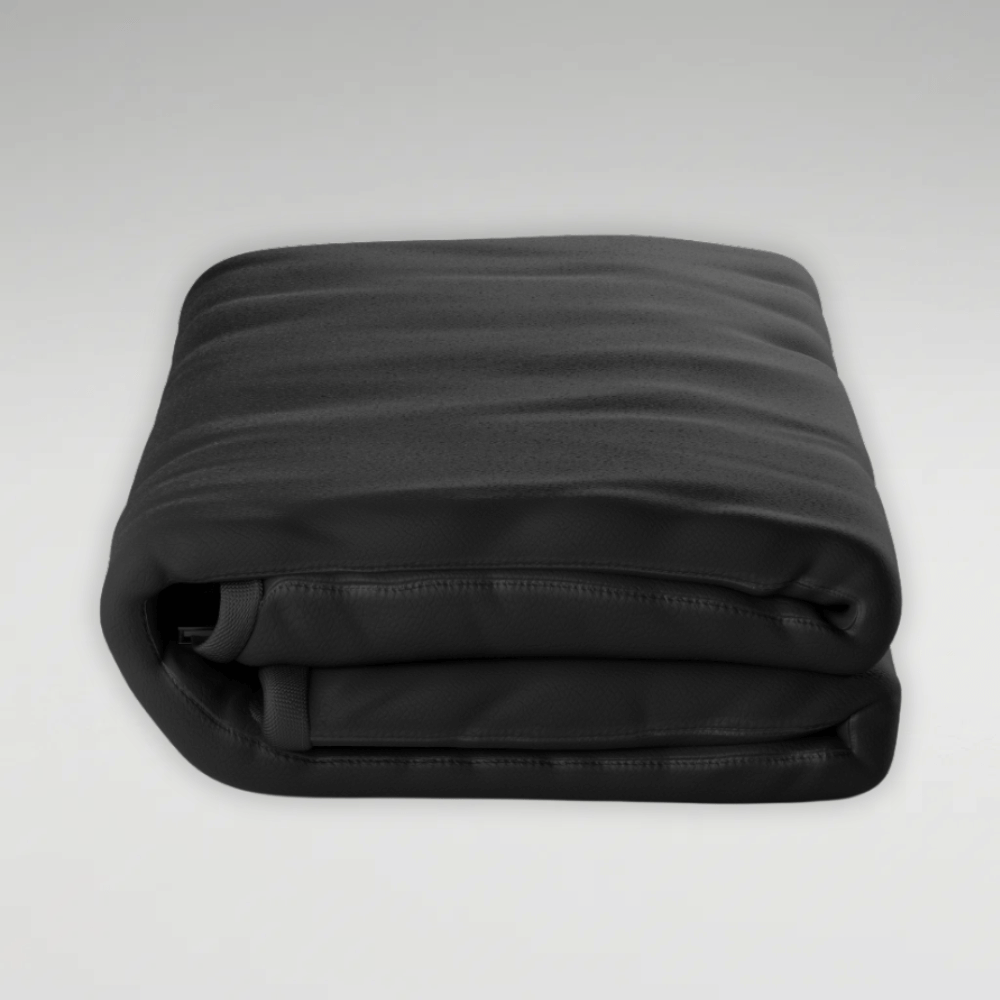
Preventing muscle pain: tips to reduce muscle pain
How can you prevent or reduce muscle pain? Muscle pain is a common complaint that almost everyone has had to deal with. It can occur after intensive physical activities such as sports or even after a day in the house. Although muscle pain usually disappears automatically, it can sometimes be quite annoying and hinder your daily activities. In this article we discuss what muscle pain is, how long it can take and more importantly, how you can prevent and reduce muscle pain.
What is muscle pain?
Muscle pain is caused by small cracks in the muscle fibers and the surrounding connective tissue. This can lead to pain, stiffness and sometimes swelling in the affected muscles. Muscle pain can manifest itself in different ways, such as muscle pain in the legs without reason, muscle pain throughout the body or even extreme muscle pain after exercise. Muscle pain is often accompanied by reduced muscle strength and fatigue.
"Muscle pain can be an indication that your body adapts to new movements and efforts." - Dr. Michael Joyne
How long does muscle pain take?
The duration of muscle pain can vary, depending on the intensity of the effort and the individual sensitivity to pain. In general, muscle pain usually takes a few days to a week. In rare cases, however, it may last longer. If the muscle pain does not improve or even gets worse after a few weeks, it is advisable to consult a doctor.
What are the causes of muscle pain?
Muscle pain can have various causes. A common cause is overloading the muscles. When you use your muscles intensively or expose them to unusual loads, the muscle fibers can be damaged, resulting in muscle pain. A sudden increase in training intensity can also lead to muscle pain. In addition, muscle pain can occur due to inflammation, infections or certain medical conditions.
Prevent muscle pain
Fortunately, there are various measures that you can take to prevent or at least reduce muscle pain. Here are some tips against muscle pain that can help you:
1. Warm-up and cool-down
A good warm-up prior to your training and a cooling-down can help prevent muscle pain afterwards. By warming up your muscles, they become better circulated and flexible, which reduces the risk of injuries and muscle pain. After training, a cooling-down helps to relax the muscles and waste to be drained.
2. Build your training slowly
When you start with a new training routine
If you start with a new training routine or an activity that burdening your muscles, it is important to build up slowly. By gradually increasing the intensity and duration of your training, you give your muscles the chance to adjust and become stronger. This reduces the risk of muscle pain. Always listen carefully to your body and don't force anything.
3. Use the right technology
Correctly performing exercises and movements is essential to prevent injuries and muscle pain. That is why it is important that you use the right technology and, if necessary, call in the help of a professional trainer or coach. By using the right posture and movement patterns, you load your muscles in the right way and reduce the chance of overloading.
4. Prevent muscle pain with rest days
Rest is just as important as training itself. Allow your body enough time to recover and recover between the training sessions. Excessive or insufficient rest can lead to muscle fatigue and increased risk of muscle pain. Plan rest days in your training program and listen to the signals from your body. If you have muscle pain, give yourself the time to recover before you start training intensively again.
5. Watch your diet
A healthy and balanced diet plays a crucial role in preventing muscle pain. That is why it is important that you ensure that you get enough proteins, because they help with the recovery and structure of muscles. In addition, it is important to drink enough fluid to prevent dehydration and to support muscle function. Also consider taking nutritional supplements such as magnesium and omega-3 fatty acids that can help reduce muscle pain and inflammation.
6. Do active recovery methods to prevent muscle pain
In addition to rest, active recovery methods such as stretching, foam rolls and light mobility exercises can help reduce muscle pain. These techniques help the stimulate blood flow, to remove waste and relax the muscles. It is a good habit to spend some time after every training on these recovery methods to prevent muscle pain.
7. Use an infrared sauna
Infrared radiation Drinks deep into the muscles and heats them from the inside. As a result, blood circulation promotes, so that nutrients and oxygen are transported to the muscles faster and waste materials are removed more efficiently.
Regular sessions in the Infrared sauna after intensive training can help to reduce muscle pain and speed up the recovery process.
8. A method to prevent muscle pain: cryotherapy
Cryotherapy (a cold therapy) is a treatment in which the body is exposed to extreme low temperatures for a short time. There are different forms of cryotherapy. One of the most used method is the Whole Body Cryotherapy (WBC). The person is then exposed to extrema cold (-110 to -160) in a cryosauna room for a short time.
But for example an ice bath, matt or the like are also included.
Source: PlusonOne

Tips against muscle pain
- Take a warm bath or shower to relax the muscles.
- Use a heat cushion or heat gasket in the painful spots.
- Use ice or a cold pack to reduce inflammation and swelling.
Or use an ice bath or other cold therapies. - Gently massage the painful muscles to promote blood flow.
- Ensure sufficient sleep and rest to support the recovery process.
- In addition, the use of an infrared sauna can also help to reduce muscle pain. The heat of the infrared sauna can also take care of Relaxation and lighting of tension in the muscles.
Prevent and reduce muscle pain
Muscle pain can be an annoying by -product of intensive physical activity, but luckily there are ways to prevent and reduce it. By preparing yourself well, using the right technique, taking sufficient rest and recovery time and providing your body with the right diet, you can help prevent muscle pain. In addition, there are tips and techniques, such as heat and cold therapy, massage and active recovery methods that can help you reduce muscle pain if it occurs.
Remember that every individual is different and that it is important to listen to your own body. With the right preventive measures and self -care techniques you can help yourself on your way to an active and healthy lifestyle without excessive muscle pain. Keep moving, listen to your body and enjoy the benefits of a strong and healthy body.
















